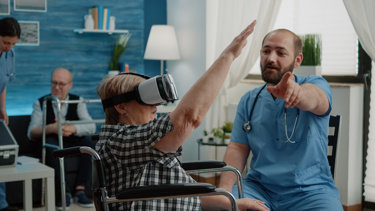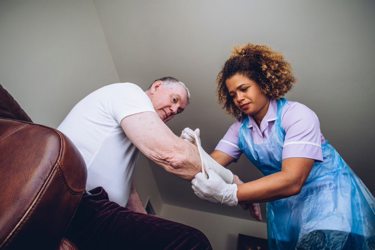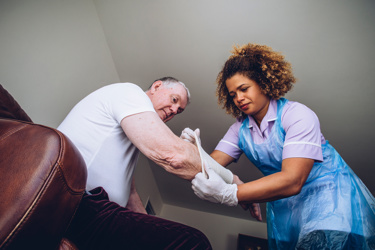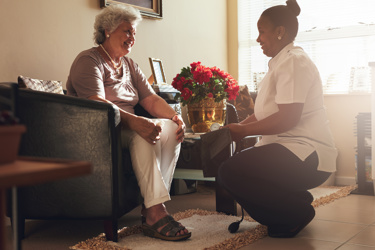Blog

Housing Events 2024: Key Insights from Housing 2024 and the Power of Integration
Read article on Housing Events 2024: Key Insights from Housing 2024 and the Power of Integration
Insight data – how to turn data to insight to action
Read article on Insight data – how to turn data to insight to action
Access @ Digital Healthcare Show 2024: Evolutions in Digital Solutions
Read article on Access @ Digital Healthcare Show 2024: Evolutions in Digital Solutions
Preventing hospital admissions – What are the best ways to reduce them?
Read article on Preventing hospital admissions – What are the best ways to reduce them?
Assistive Technology - What You Need to Know
Read article on Assistive Technology - What You Need to Know
Outcomes focused care – what is it and why is it important?
Read article on Outcomes focused care – what is it and why is it important?
Independence in Health and Social Care - What is it and Why is it important?
Read article on Independence in Health and Social Care - What is it and Why is it important?
Care Worker Stress- how to prevent burnout in social care
Read article on Care Worker Stress- how to prevent burnout in social care
Wellbeing in health and social care – what is it and why is it important?
Read article on Wellbeing in health and social care – what is it and why is it important?
Innovative Home Care – The best examples in the UK right now
Read article on Innovative Home Care – The best examples in the UK right now
Challenges in providing telehealth to older adults
Read article on Challenges in providing telehealth to older adults
How can telehealth reduce health costs?
Read article on How can telehealth reduce health costs?